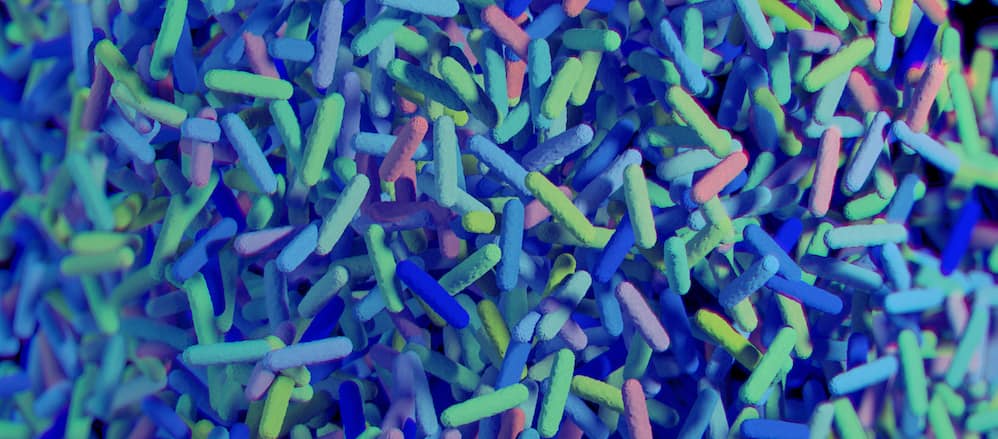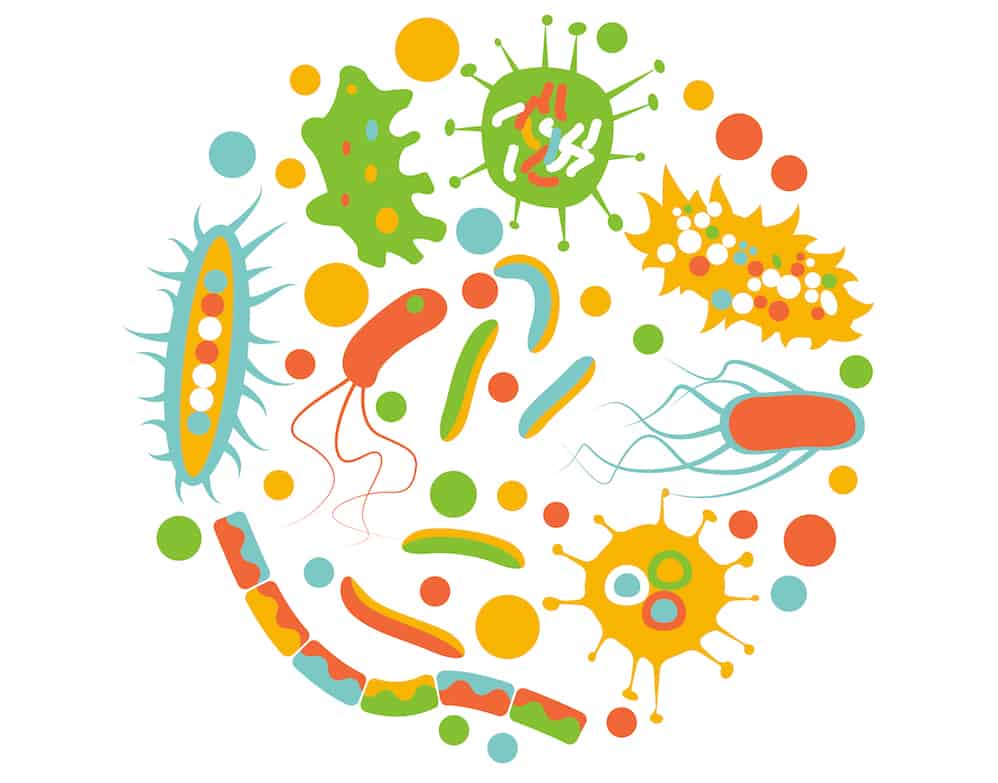The Oral Microbiome
The human body is 90% microbial and there are around 1000 species of bacteria in the mouth. That’s a lot of bugs! The oral cavity is an entry port for microbes providing ideal conditions for their existence while allowing the potential for them to cross into the body’s circulation.

In reality, we need bacteria, and a harmonious balance between good bacteria and harmful ones is critical to our overall health and well being. Bacteria should live together in the body and work synergistically.
Harmful bacteria such as P. Gingivalis, S. Mutans and Fusobacterium Nucleatum present in dental plaque bacteria and gum disease become intercellular pathogens. This can significantly decrease the ability of the body’s immune system to respond enabling disease processes to proliferate.
Dietary components, however, can have a positive effect on microbial balance. By eating more green vegetables, we provide the body with natural nitrates and avoid the build-up of nitrites which can be destructive
Systemic ‘ non-communicable’ diseases which are linked to the oral microbiome:
- Gum disease,
- Heart disease,
- Alzheimer’s,
- Diabetes,
- Arthritis,
- Colorectal cancer.

In all these conditions oral bacteria are known to act as inflammatory mediators. When these bacteria enter your circulatory system, it causes the liver to release specific proteins that have inflammatory effects in the entire circulatory system.
Oral hygiene and a healthy diet
It is imperative that the mouth is kept as clear as possible from harmful bacteria. This can be done by employing some simple oral hygiene techniques. Regular twice-daily brushing, flossing, use of interdental brushes and certain mouthwashes can be a good start. Alongside these, a healthy diet and regular visits to the dental hygienist for thorough debridement of any pockets of bacteria that normally reside between the teeth and below the gum line. This can help maintain a healthy oral microbiome and in turn healthy bodily function.
